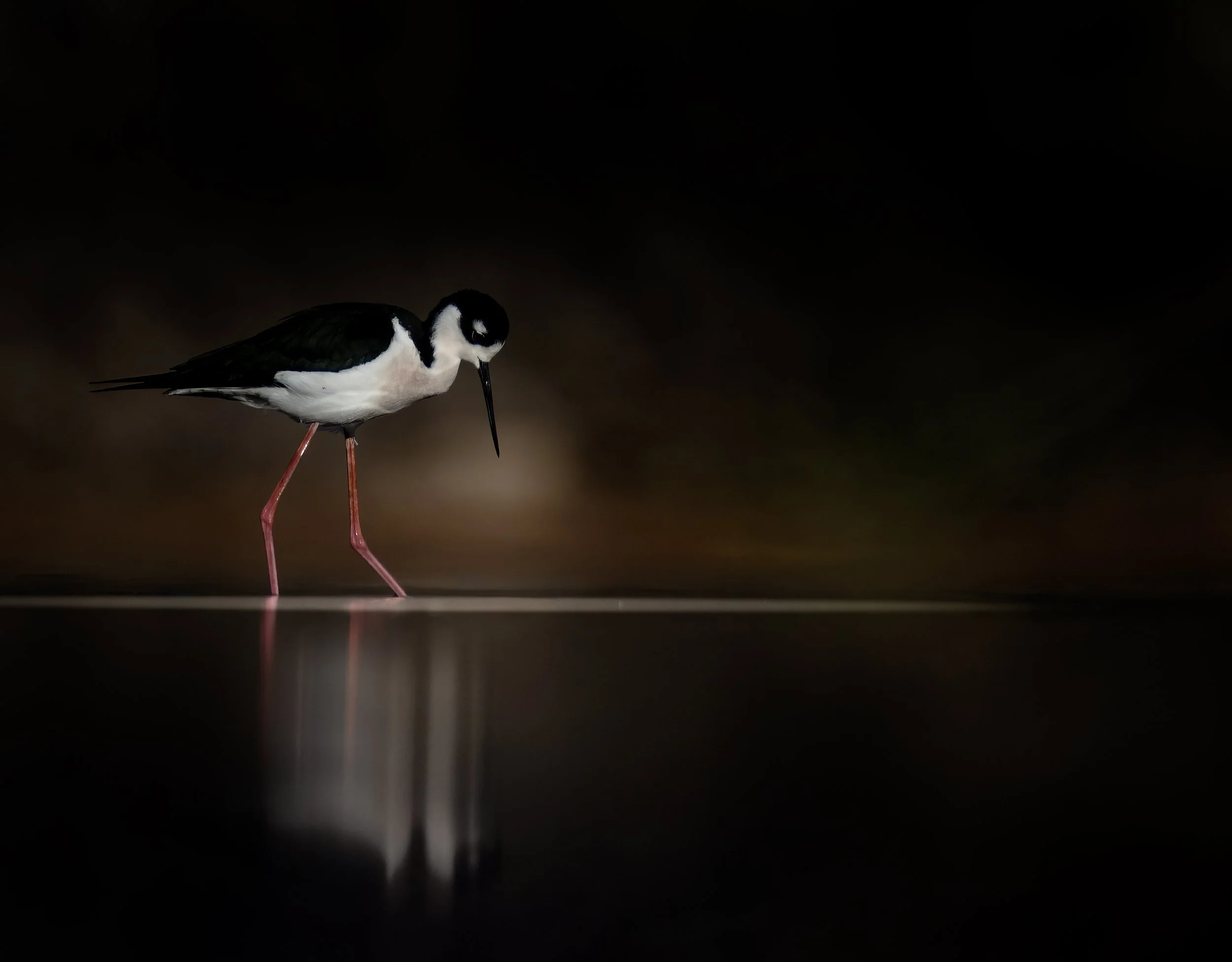Back to Basics: Keeping Photography Simple in a Fast-Paced World
We live in a time where creativity moves quickly. Social media scrolls past in seconds. New editing techniques, new presets, new compositions, new tools, they appear every day. And while there is nothing inherently wrong with exploring what’s new, the pressure to keep up can slowly pull us away from the very core of our work. Before we even realize it, our photography starts revolving around trends rather than intention. And in that space, the craft can begin to feel overwhelming.
When everything feels loud, the best step is often to return to something simple:
the foundations.
Light. Composition. Perspective. Timing.
The things that matter whether you shoot with a $600 camera or a $10,000 one. The things that remain when all the noise fades.
Light: The Beginning of Every Image
Everything in photography begins with light. Not the subject. Not the camera. Not the settings.
Light.
The quality of the light, soft or harsh, directional or diffused, shapes the emotion of the image before anything else ever enters the frame. When we rush, we tend to overlook this. We start shooting just because a bird is present, or because a landscape rises into view. But presence alone does not create a photograph.
The best photographs happen when we pause long enough to actually see how light interacts with the scene.
For example, side light adds depth and dimension, creating a sense of contour and form. Backlight can introduce a kind of softness or mood, allowing feathers or fur to glow around the edges. Overcast light simplifies everything, reducing contrast so that details feel calm and intentional.
Slowing down to study the light costs nothing, yet it changes everything. When we learn to read light with intention, the camera becomes less of a device for documenting and more of a tool for expression.
Composition: The Art of Subtraction
There is a moment every photographer experiences where something in the environment captures our attention so strongly that we lift the camera without thinking. We see the potential image immediately, but the potential isn’t enough on its own. What matters is how we shape the frame around it.
Composition isn’t about rules. It’s about clarity. It is choosing what matters, and letting go of what doesn’t.
Instead of asking, “What should I add?”
Start asking, “What can I remove?”
Move your feet. Shift your angle. Get lower. Get closer. Change the background by changing your position, not your lens. A simple composition doesn’t mean an empty frame. It means a purposeful one. When the eye knows exactly where to land, the image feels strong. When the eye wanders with no clear destination, the image feels scattered.
The art is in shaping the viewer’s attention, not overwhelming it.
Perspective: Where You Stand Changes Everything
One of the greatest improvements a photographer can make requires no new gear at all, simply changing perspective. The angle you choose determines how the photograph feels.
Photographing a bird from eye level creates connection. Photographing from above places the viewer outside the experience, looking at something rather than within it. When you lower your vantage point, even if it means kneeling in the dirt or lying against the shoreline, the world simplifies. Foregrounds soften. Backgrounds fade. The subject gains presence and dignity.
You are no longer documenting an animal.
You are sharing the moment as they experience it.
Perspective is not just technical, it is emotional.
Timing: The Patience to Wait
Good photographs can happen quickly, but meaningful photographs rarely feel rushed. When we slow down, when we watch rather than constantly shoot, we start to understand behavior and understanding behavior leads to anticipation.
And anticipation is what turns a frame into a story.
A bird stretching its wings.
A moment of stillness before flight.
A glance between two subjects.
A shift of rhythm in a flock.
These are not things we catch by accident, they are moments we feel coming.
The more time spent simply observing, the more instinctive timing becomes. Eventually, you lift the camera just before the moment happens, rather than reacting after it occurs.
That is when the craft begins to deepen.
Let the Craft Lead You Back to Yourself
Returning to the basics does not mean avoiding growth. Rather, it means creating space for authentic growth, the kind that aligns with your voice, your curiosity, your way of seeing.
The temptation to chase the next new thing will always be there. But when the fundamentals become second nature, those trends no longer feel overwhelming. They become options, not obligations.
And, out in the field, when the light is soft, the moment is forming, and the scene unfolds in front of you, those foundational skills begin to work quietly in the background, allowing you to be fully present in the experience of making the image.
That’s the space where meaningful work happens.
Not in the noise.
But in the simplicity.



